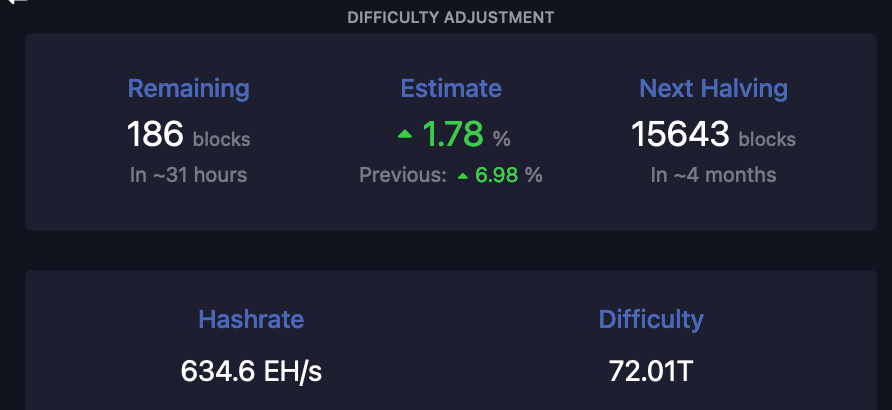Bitcoin (BTC) miners constantly generate hashrate in a highly competitive business to mine the next valid block. The mining difficulty might increase on January 6, propelling the already high costs of mining Bitcoin.
Essentially, the mining difficulty adjusts automatically every 2,016 blocks — around two weeks. This keeps a 10-minute block interval, despite the network’s global hashrate changes.
The more hashrate the miners produce, the faster they discover blocks. Therefore, the mining difficulty also increases to control Bitcoin’s inflation. On the other hand, a drop in hashrate slows down block discovery, requiring difficulty to adjust downwards.

Bitcoin mining difficulty adjustment and hashrate dashboard. Source: mempool.space
Notably, the higher the costs, the more BTC mining companies must sell to cover expenses. This can negatively affect Bitcoin’s price in the cryptocurrency market due to increased selling pressures.
Further, less profitable miners could be forced to close operations, centralizing the network’s hashrate in fewer entities.
In conclusion, Bitcoin miners directly depend on the BTC price going up while they are a relevant source of selling pressure and price suppression, paying for their high costs constantly getting fuelled by mining difficulty adjustments every two weeks.















